We use cookies to make your experience better. To comply with the new e-Privacy directive, we need to ask for your consent to set the cookies. Learn more
How best to treat equine non-glandular and squamous ulcers
The stomach of a horse consists of two parts: the glandular and non-glandular portion - for simplicity, we'll call them the lower and upper sections of the stomach.
The lower section of the stomach is responsible for acid secretion. It also contains protective coating that keeps the stomach lining form being damaged by the acid.
The upper portion of the stomach does not have the same protective elements.
It is usually in the upper part, known as the non-glandular (or squamous) section of the stomach that ulcers appear.
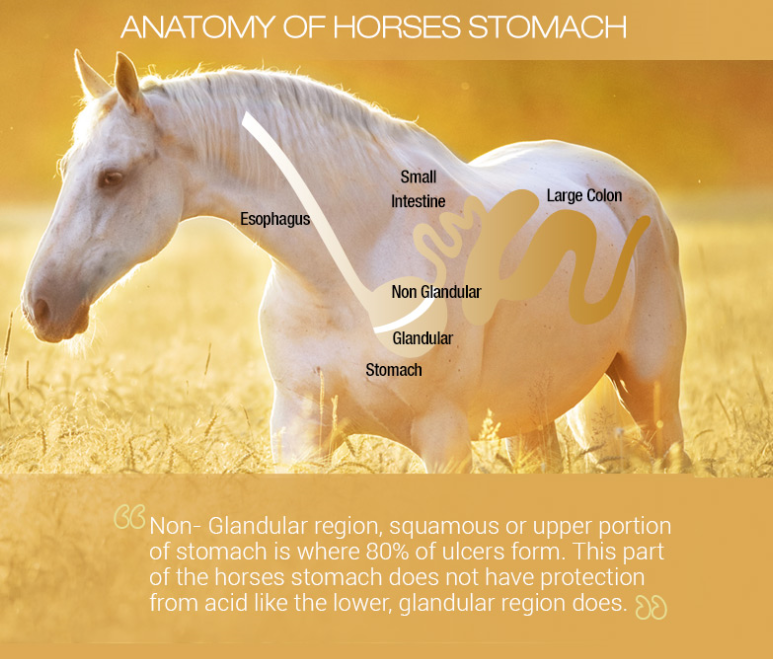
Non-Glandular or Squamous Ulcers in Horses
Non-Glandular or squamous ulcers are lesions that appears in the upper third of the horses's stomach. Ulcers in this region are caused when the mucosa lining is damaged by bacteria, parasites or over-exposure to stomach acid.
This type of ulcer is are mostly caused by the following:
- An equine incompatible diet comprising of low roughage and high grain.
- A stressful lifestyle with excessive stabling, travel, and competitions.
Treating non-glandular and squamous equine ulcers
Omeprazole is the best proven treamtent for squamous ulcers. Omeprazole works by suppressing acid production and allowing the ulcers to heal.
Treatment should also include anti-biotics if bacterial involvement is suspected.
To shop for affordable equine omeprazole without a prescription - check out AbPrazole.

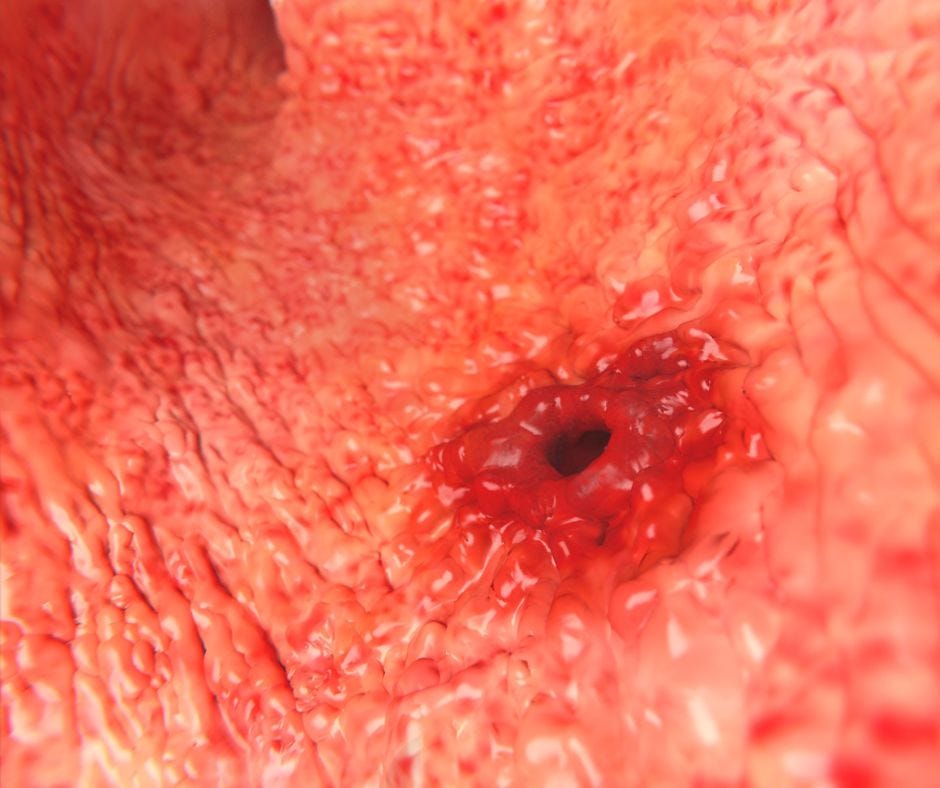
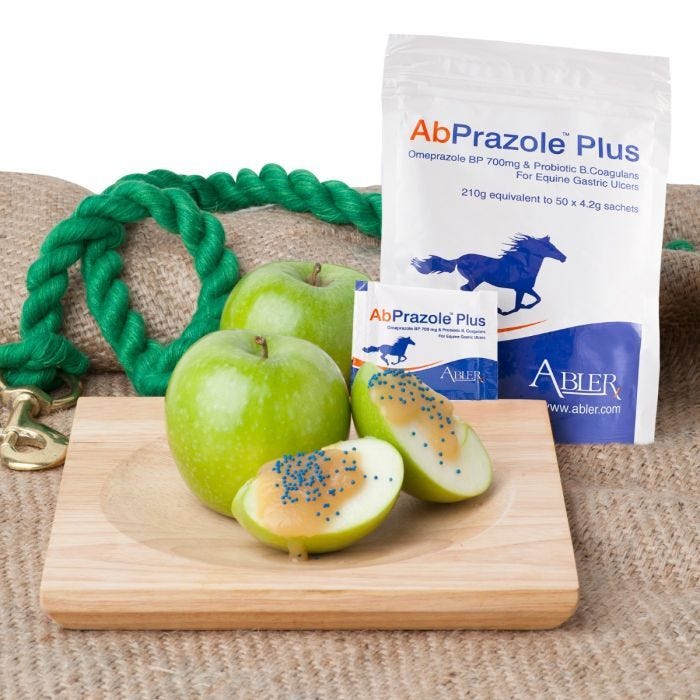
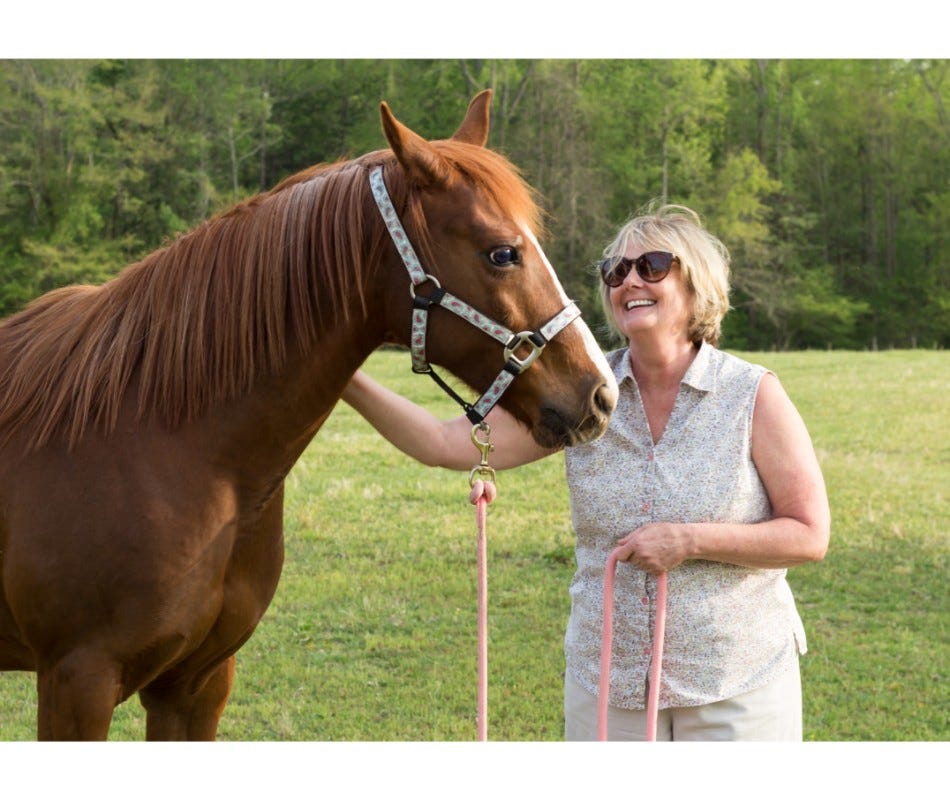
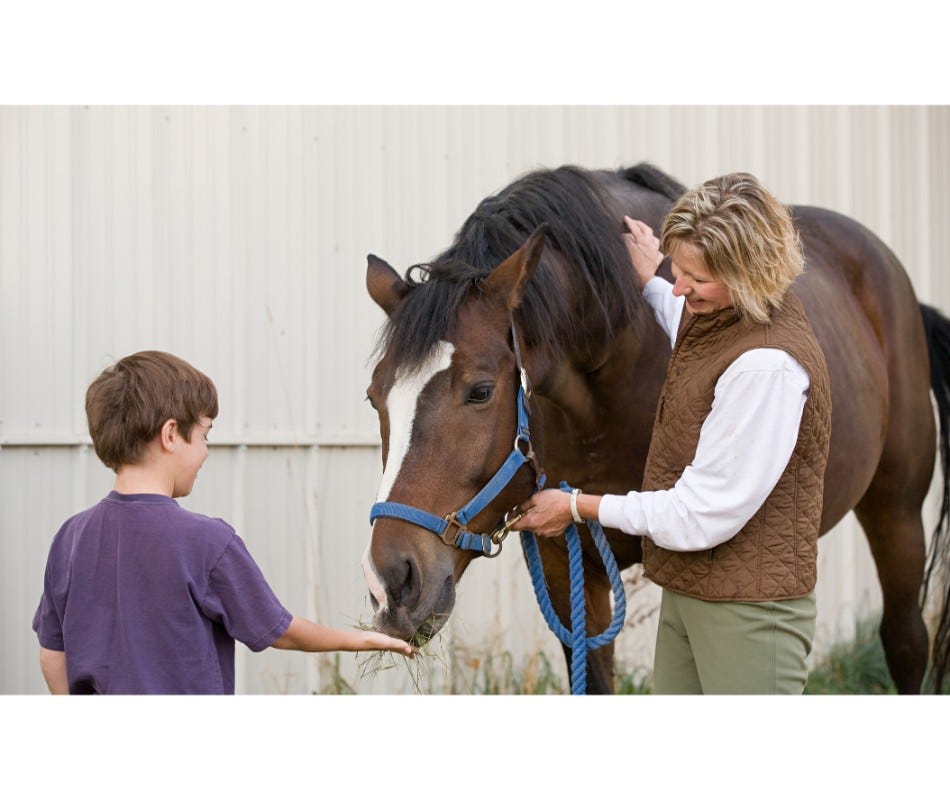
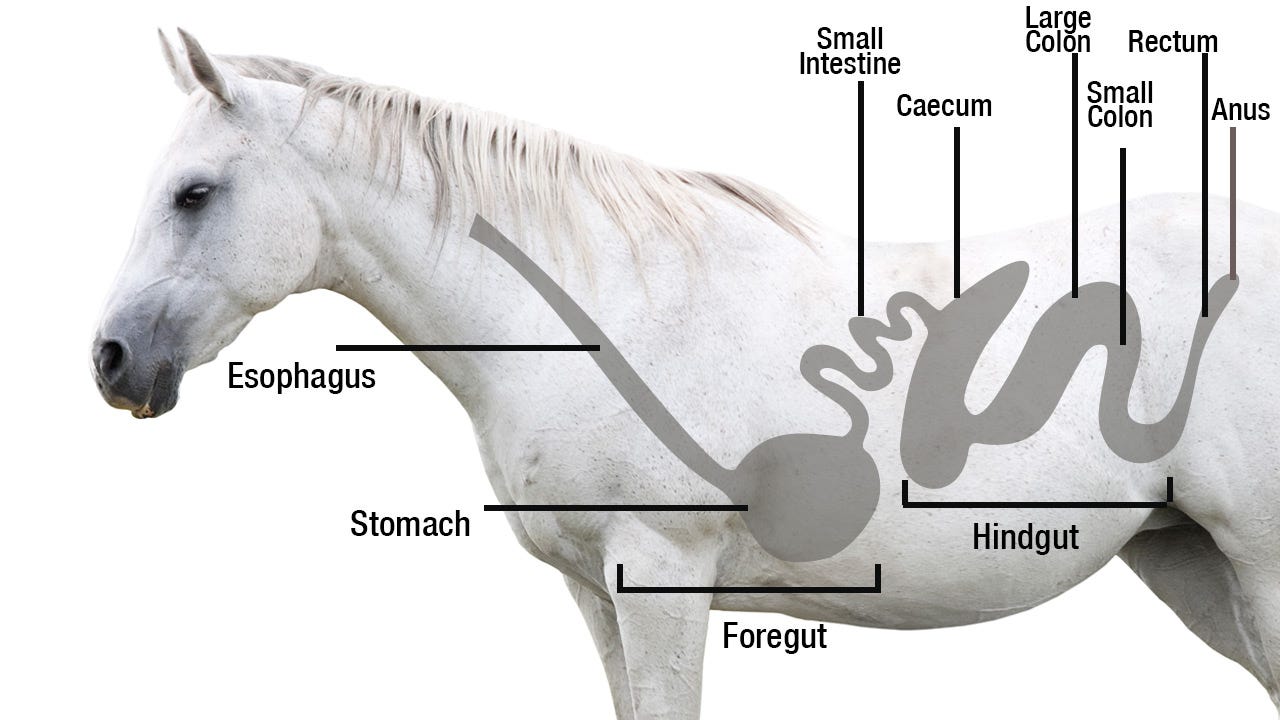
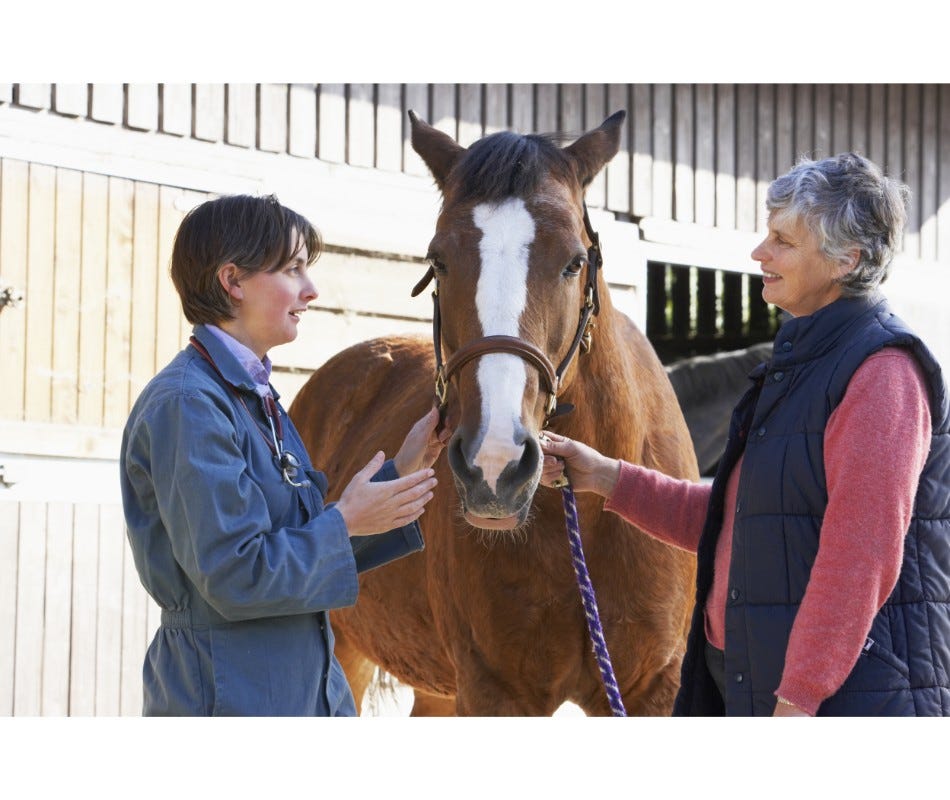
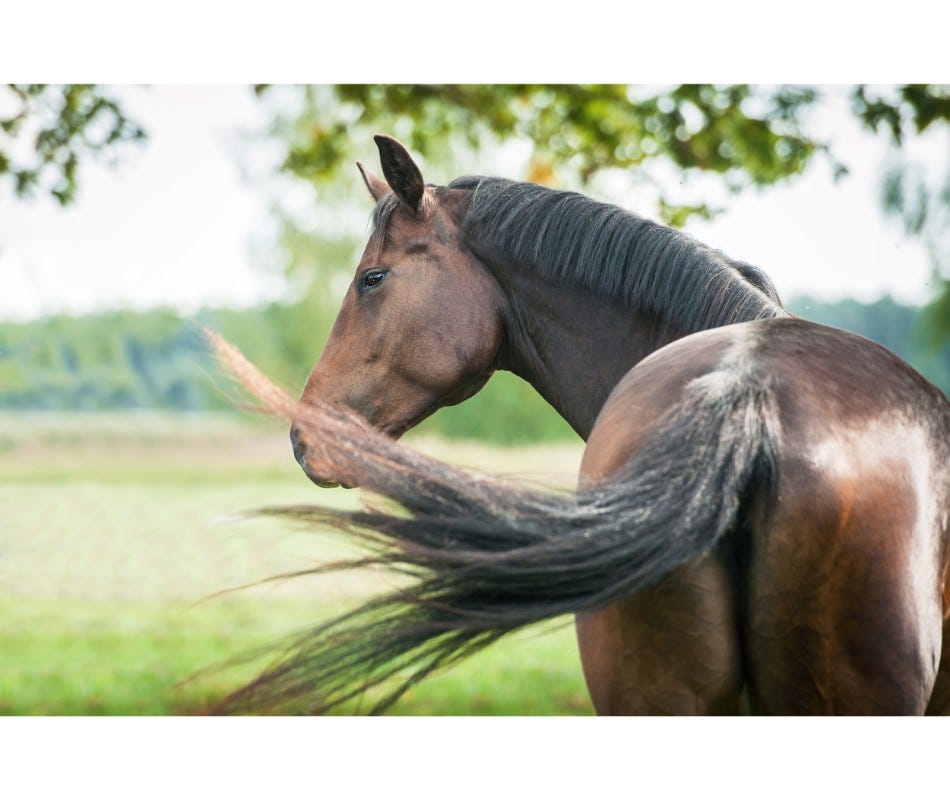
Validate your login